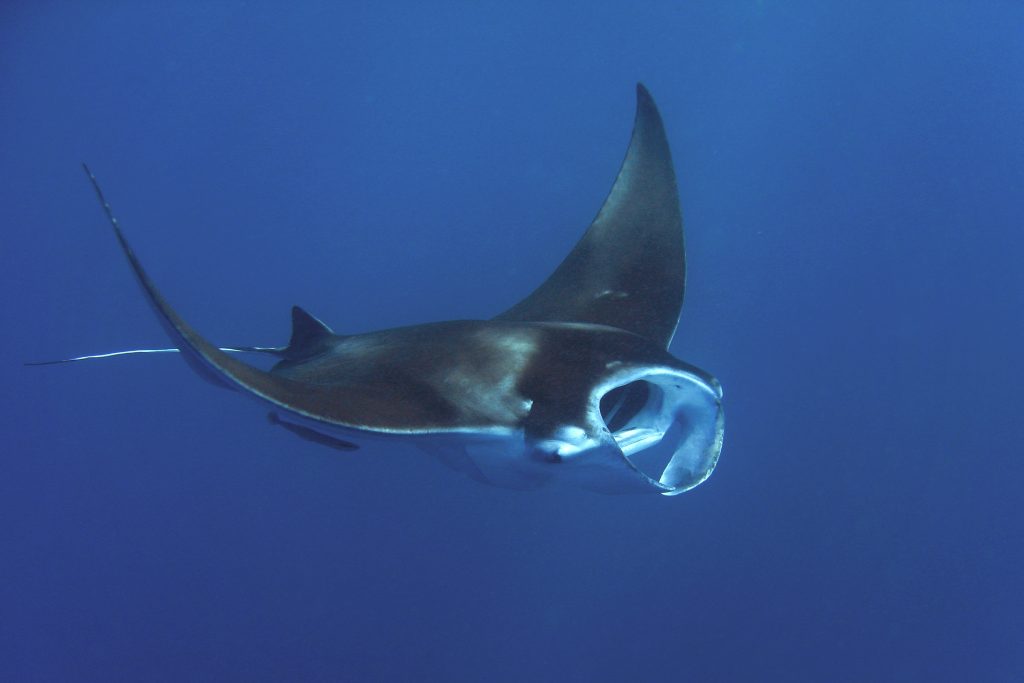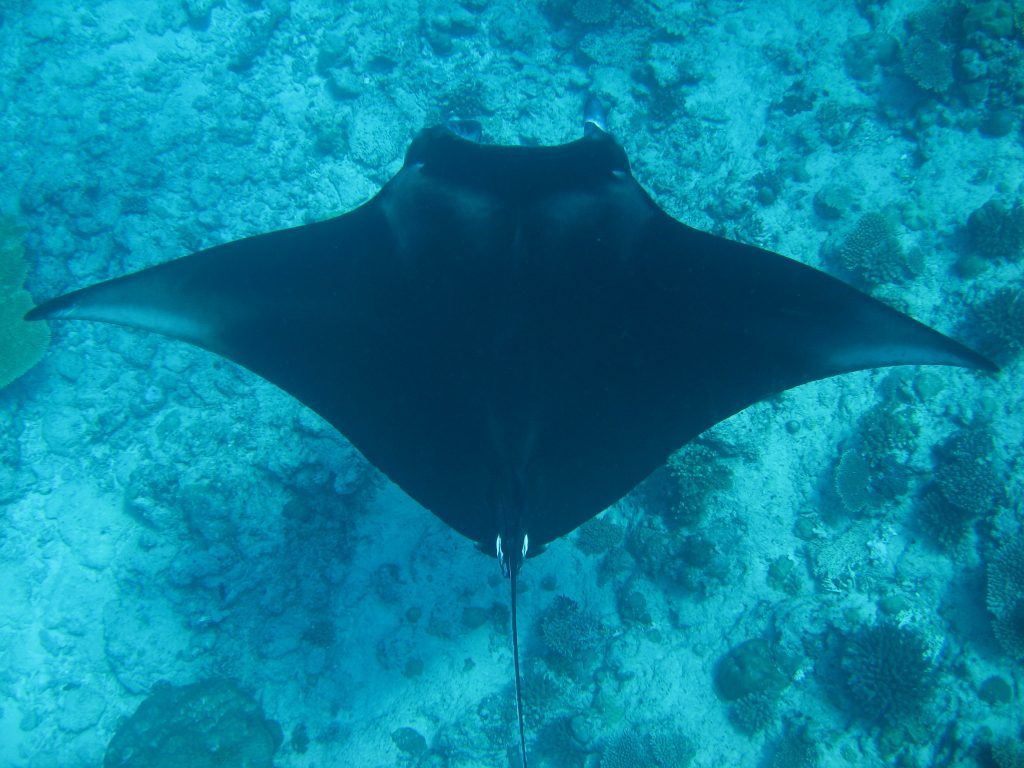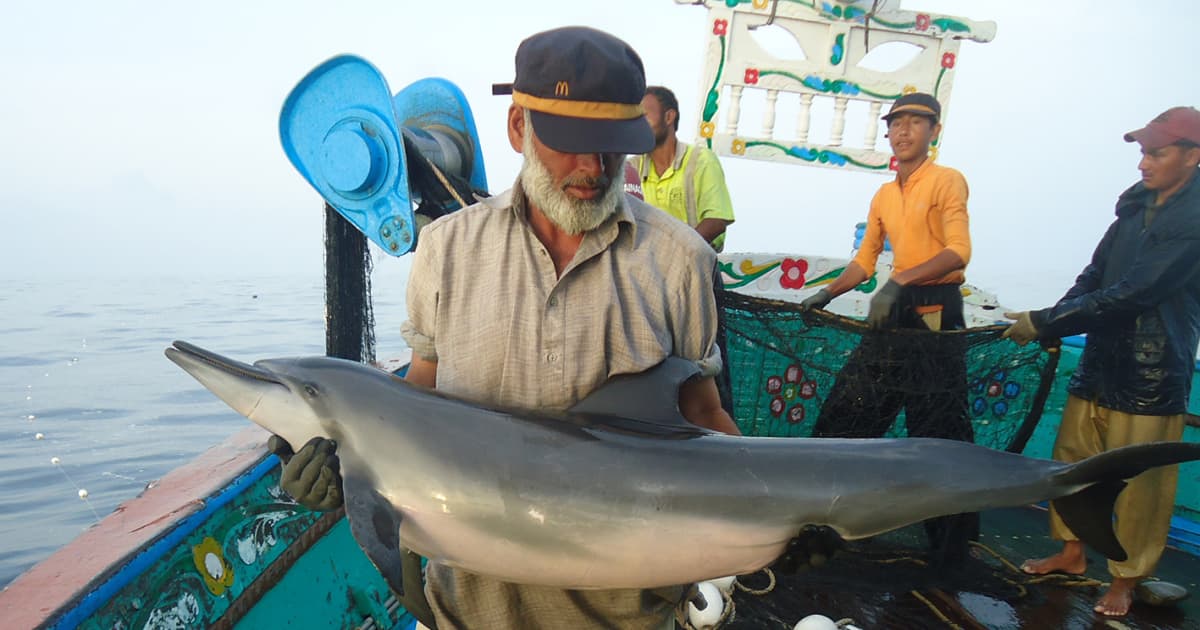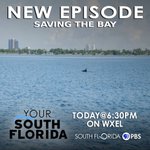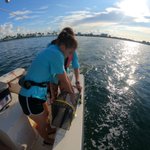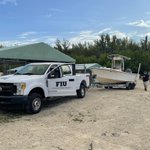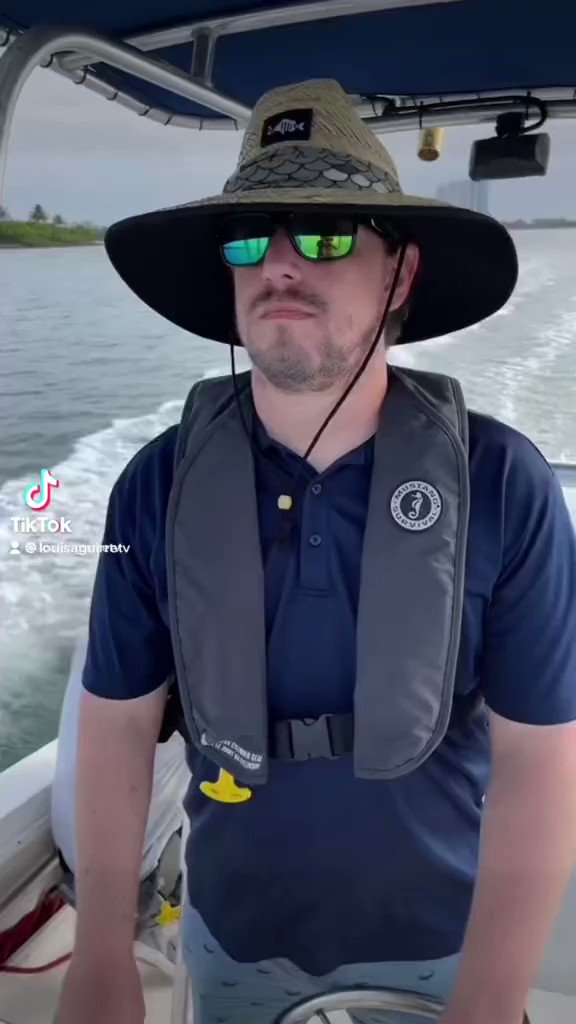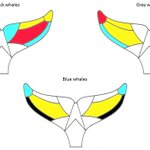Marine megafauna are a source of income for fisheries (especially elasmobranchs) or marine wildlife observation tourism (or blue tourism) but are vulnerable to additional mortalities caused by human activities.
They include bycatch in fishing gear, disturbances caused by tourism and maritime traffic, the destruction of their habitats or climate change.
Species
Reef manta ray (Mobula alfredi)
Reef manta rays have been documented for the first time by Dr. Jeremy Kiszka and his local collaborators back in 2007, while he was conducting his research on tropical dolphin communities around the island of Mayotte.
We study the movements, foraging ecology and habitat use of reef manta rays from the Mozambique Channel island of Mayotte
In order to predict the vulnerability of species and their responses to changes in their environment, it is crucial to improve our knowledge of their distribution and habitat use. This is done primarily by identifying the environmental factors responsible for the distribution of these animals. Mobula rays are the largest representatives of the Mobulidae family. This includes manta rays and devil rays, which are now grouped under the same genus. Two species are currently recognized: the reef manta ray (Mobula alfredi) and the giant manta ray (Mobula birostris). Despite their large size and strong heritage value, the biology and ecology of manta rays remains poorly known, although a number of studies on their taxonomy, abundance, food ecology, and movements have been conducted in the past.
Reef manta rays have been documented for the first time by Dr. Jeremy Kiszka and his local collaborators back in 2007, while he was conducting his research on tropical dolphin communities around the island of Mayotte. In 2019, he initiated a research project in collaboration with the Marine Megafauna Foundation to document the horizontal and vertical movements of reef manta rays around Mayotte, their foraging ecology and behavior in relation to zooplankton availability. We use satellite telemetry, biopsy sampling and plankton surveys to understand how these magnificent animals are influenced by their environment and prey, and how to better protect their habitats in this fast developing island.
